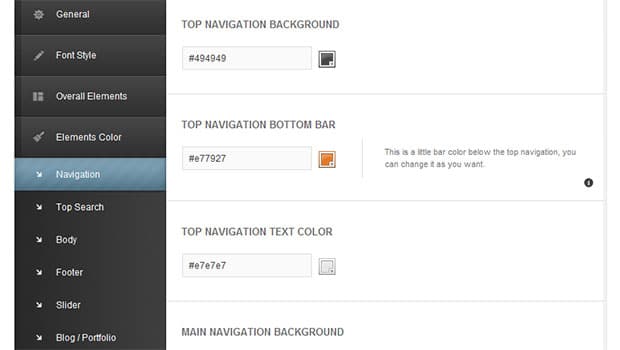WordPress Gripes: Yes, We Have Them. And Here They Are.

As much as I love WordPress (and I do, trust me), it’s not perfect. And it’s never going to be.
But, without a doubt, it’s the best content management system any business owner or publisher could use for their website.
When you use software as much as we use WordPress, you see everything great about it, and you see all the places where there’s opportunity for improvement. Thankfully, the core contributors who work to develop and grow WordPress are always finding new ways to deliver value and squash bugs or unnecessary features.
Most of my WordPress gripes are focused more on how the greater community has evolved the product, but I’ve got a few issues we deal with out of the box whenever we set up a new install.
Themes Have Become So Bulky, They’re Almost Unusable
The folks at Envato have grown ThemeForest into one of the best places to find and sell premium WordPress themes, but over the past few years, nearly every theme sold there has become incredibly bulky and difficult to use.
They’re:
- loaded with tons of custom widgets you could alternatively find a plugin for if you need the functionality
- packed with Theme Options menus that allow you such granular control of your site that, frankly, it takes forever to learn how the theme developer has organized everything
- not designed to allow for the proper use of child themes, which you should be using if you want to update a premium theme
Every time we’re asked to work with a premium theme, it takes time to get caught up to speed on how the developer has organized everything. How do we edit this? Where’s that function coming from?
Front-end frameworks like Bootstrap, or Genesis and Thesis in the WordPress realm, are designed to help speed up development, whereas many premium themes (which, granted, aren’t designed to be frameworks) slow it down.
The Default WordPress Install Has Too Much in It
This needs to be put in context since, when you compare it to the other CMS options like Joomla or Drupal, WordPress is still incredibly light-weight software. But more fat can be trimmed.
- We don’t need three themes installed by default. Include the most recent theme (Twenty Fourteen right now), and that’s it. Adding a new theme is incredibly easy, so even if you’re an average user, you won’t have problems adding new ones.
- Get rid of Hello Dolly. The plugin that comes with WordPress doesn’t do much, and yeah, I get it – it’s something that makes WordPress unique, but I’d be shocked if it isn’t deleted from 95% or more of WordPress installs.
- Clean up the Dashboard. Of the hundreds of sites I’ve worked with, rarely (if ever) does the Dashboard get used for anything useful. I don’t think I’ve ever used a Quick Draft, or actually clicked a link in WordPress News. Maybe that’s me, but I doubt it.
Nothing’s Perfect, But WordPress is Close
I want to make sure I’m totally clear about this – even though I’ve listed out my gripes here, they’re not nearly bad enough to stop using WordPress or recommending it to our clients.
In the grand scheme of things, WordPress is so far superior to the alternatives that these gripes are minor. But in the spirit of ever improving, it’s worth discussing how it can be even better.

